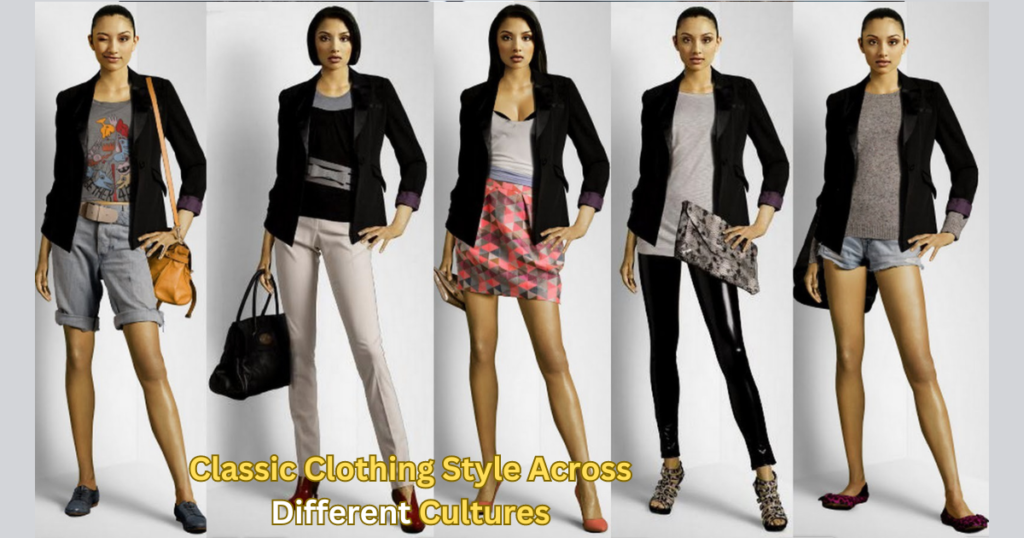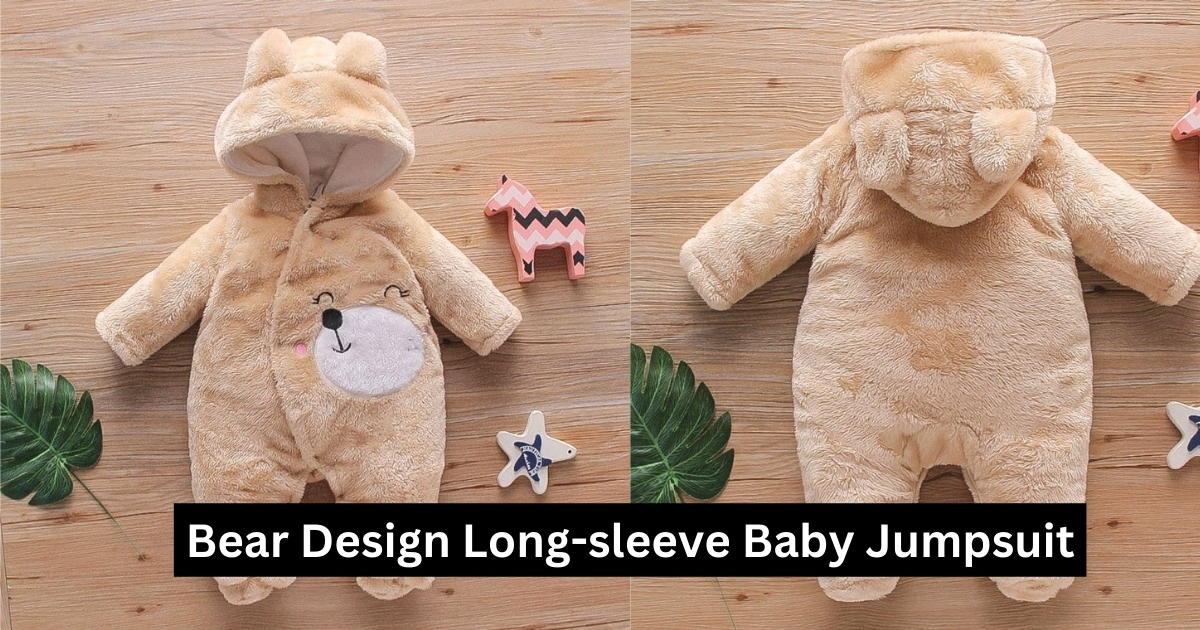Imagine wandering through the cobblestone streets of Milan, Italy, surrounded by the buzz of fashion houses and boutiques. A modest tailor shop lies amid this bustling scene, tucked away from the glitz and glamour. Within its walls, generations of artisans have woven the secrets of classic clothing style into the fabric of time.
Table of Contents
ToggleThe Evolution of Classic Clothing Style

Tracing the Origins
Let’s take a journey back in time. Classic clothing style traces its roots to ancient civilizations, where garments like the togas of Rome and the regal robes of medieval Europe set the stage for timeless elegance.
Influence of Cultural Movements
Fast forward to the 20th century, and we see classic fashion evolving alongside cultural movements. From the rebellious flapper dresses of the growing twenties to the refined silhouettes of Christian Dior’s New Look, fashion has always reflected society.
Modern Interpretations and Adaptations
Today, designers like Ralph Lauren and Giorgio Armani are redefining classic clothing styles, blending traditional craftsmanship with contemporary sensibilities. It’s a fusion of old and new that keeps the essence of timeless elegance alive.
Understanding the Influence of Timeless Pieces

Defining Timelessness in Fashion
What makes a garment timeless? It’s more than just style – a feeling, nostalgia, and familiarity that transcends trends. Think of the little black dress or the perfectly tailored suit – these pieces never go out of fashion.
Psychological Appeal of Classic Clothing
Research shows that wearing classic clothing can boost confidence and self-perception. Something is empowering about slipping into a well-fitted suit or a timeless dress – it’s like stepping into the shoes of your best self.
Impact on Personal Image and Perception
In today’s image-driven society, how we dress matters. Whether a job interview or a first date, dressing professionally and elegantly can make a lasting impression. It’s not just about looking good; it’s about feeling confident and capable.
Decoding the Language of Classic Fashion

The Power of Tailoring: Precision and Elegance
Tailoring is the cornerstone of classic clothing style. It’s about creating garments that fit like a glove, accentuating the body’s natural lines with precision and elegance. Every stitch tells a story of craftsmanship and attention to detail, from the drape of a suit jacket to the taper of a trouser leg.
Embracing Neutral Colors: Versatility and Sophistication
Neutral colours like black, white, and beige are the building blocks of classic fashion. They’re timeless, versatile, and effortlessly chic. Whether dressing for a formal event or a casual outing, you can’t go wrong with a neutral palette.
Iconic Accessories: Enhancing Character and Style
Accessories are the finishing touch that elevates a classic outfit from good to great. These timeless pieces add personality and flair to any look, from a sleek leather handbag to a statement watch. They’re the details that make a difference.
Classic Patterns and Prints: Timeless Allure and Symbolism
Patterns and prints have long been a staple of classic fashion. These timeless motifs, from stripes to polka dots, add visual interest and depth to garments. They’re a nod to tradition and heritage, with each pattern carrying its symbolism and meaning.
Unveiling the Cultural Significance

Classic Clothing Style Across Different Cultures
While classic fashion is often associated with Western traditions, its influence can be found in cultures worldwide. From the kimono of Japan to the saree of India, traditional garments reflect a timeless elegance and attention to detail that transcends borders.
Societal Status and Symbolism
In many cultures, clothing is more than just fabric – it symbolizes status, wealth, and identity. Whether it’s a ceremonial robe or a tribal headdress, what we wear says a lot about who we are and where we come from.
Impact on Fashion Industry and Trends
The influence of classic clothing style extends far beyond the runway. It shapes industry trends, consumer behaviour, and how we think about fashion. Everyone wants a piece of the timeless pie, from luxury brands to fast-fashion retailers.
The Intersection of Classic and Contemporary

Blending Tradition with Innovation
In today’s fast-paced world, classic fashion is constantly evolving. Designers are finding new ways to reinterpret traditional garments, incorporating innovative materials and techniques to keep things fresh and exciting.
Fashion Icons and Influencers: Bridging the Gap
Fashion icons and influencers are crucial in shaping trends and setting the tone for what’s cool and stylish. From the red carpet to the streets of Paris, their influence is everywhere, guiding us toward the next big thing in fashion.
Relevance in the Digital Age
In the age of Instagram and TikTok, classic fashion is more relevant than ever. Social media has democratized style, giving everyone a platform to express themselves and share their love of fashion.
Building Your Timeless Wardrobe

Essential Pieces for Men: Key Items and Styling Tips
Every man needs a few key pieces: a well-tailored suit, a crisp white shirt, and a quality pair of leather shoes. These are the building blocks of classic style, the foundation for building a wardrobe that stands the test of time.
Essential Pieces for Women: Versatile Staples and Statement Pieces
For women, the essentials include a little black dress, a tailored blazer, and a timeless pair of pumps. With effortless style and grace, these pieces can take you from day to night, from the office to the dance floor.
Wardrobe Maintenance and Longevity
Taking care of it is essential once you’ve assembled your timeless wardrobe. Proper storage, cleaning, and maintenance are crucial to preserving the quality and longevity of your garments. After all, classic fashion is an investment – one that’s worth protecting.
Embracing Sustainability in Classic Fashion

Sustainable Practices in Manufacturing
As consumers become more conscious of the environmental impact of fashion, brands are stepping up to the plate with sustainable practices in manufacturing. From eco-friendly materials to ethical production processes, there are many ways to make fashion more sustainable.
Ethical Sourcing and Production
Ethical sourcing and production are also essential considerations for conscious consumers. Whether supporting fair trade initiatives or choosing brands with transparent supply chains, every little bit helps.
Consumer Awareness and Responsible Consumption
Ultimately, the future of classic fashion lies in the hands of consumers. By making informed choices and supporting brands’ prior prioritize stainability and ethics, we can all play a role in shaping a more responsible fashion industry.
Conclusion: The Enduring Appeal of Classic Clothing Style
Recapitulation of Key Findings
In conclusion, classic clothing style isn’t just about looking good – feeling confident, expressing yourself, and honouring tradition. From its historical roots to its modern interpretations, classic fashion is a timeless treasure that deserves to be celebrated and preserved.
Looking Ahead: Future Trends and Possibilities
As we look to the future, one thing is clear: classic fashion isn’t going anywhere. It’s a constant in a world of change, a beacon of style and sophistication that will always have a place in our hearts and closets.
Final Thoughts on the Timelessness of Classic Fashion
So here’s to classic clothing style – may it continue to inspire, empower, and delight us for generations. Whether you’re wearing a tailored suit or a vintage dress, remember: true style never goes out of fashion.









